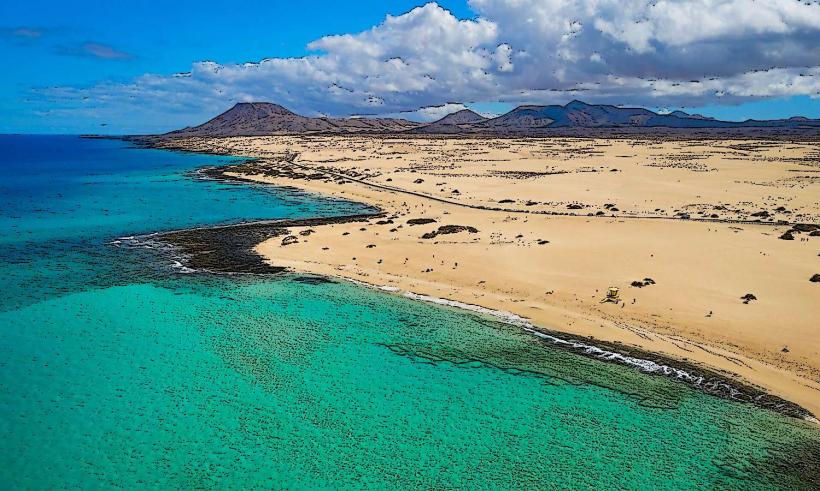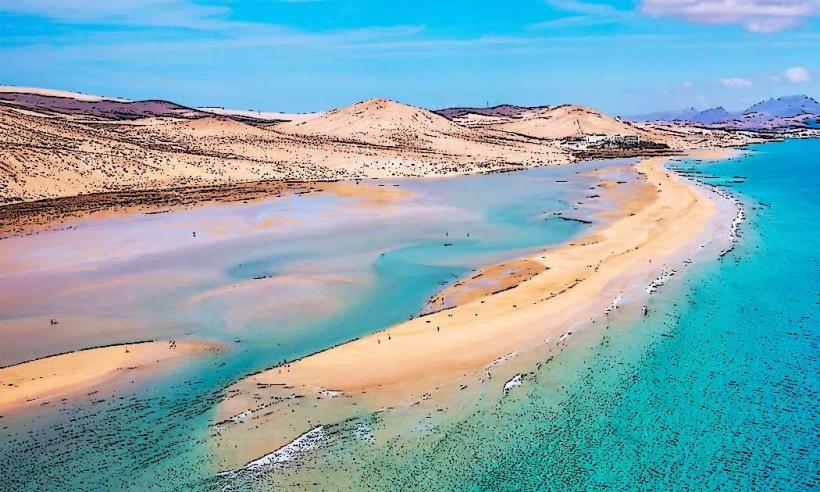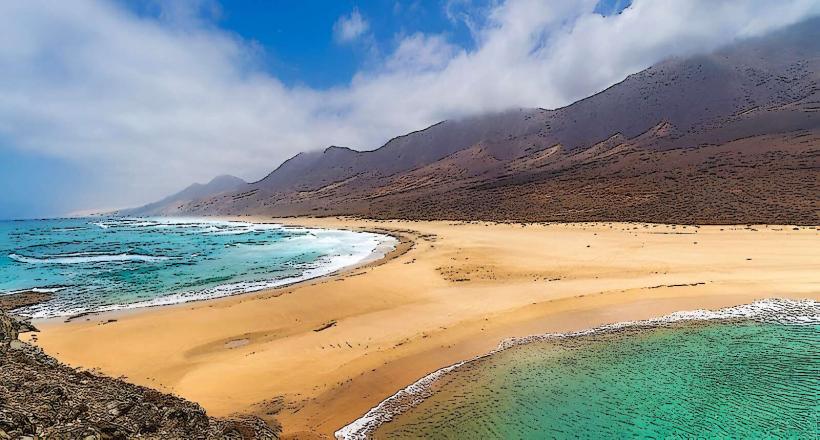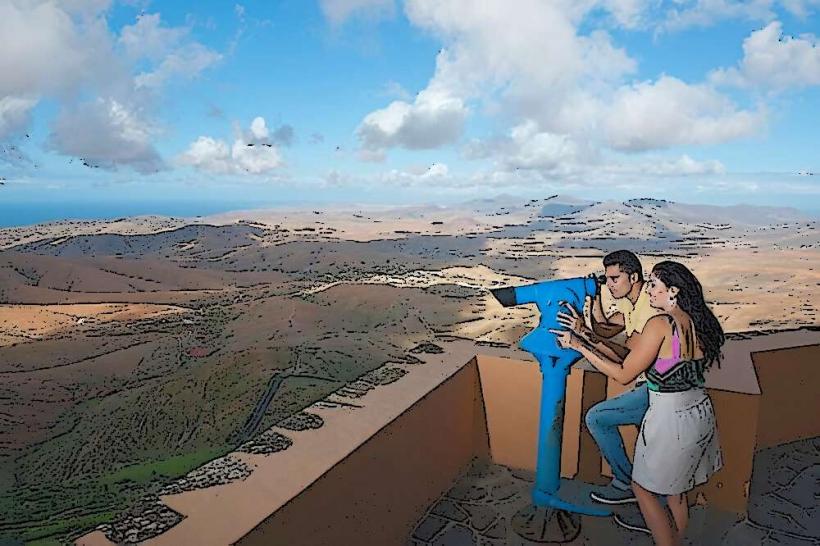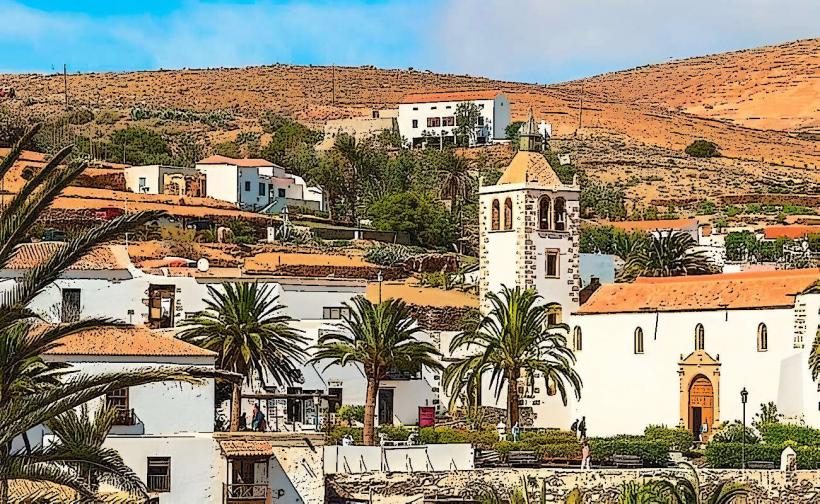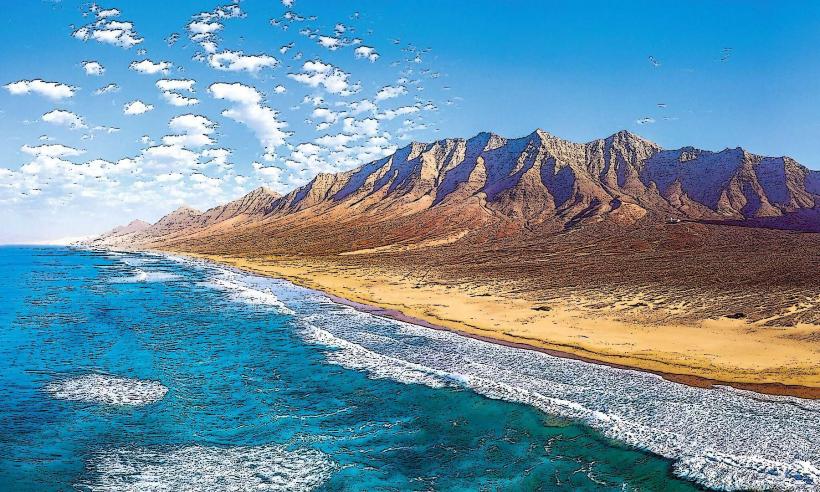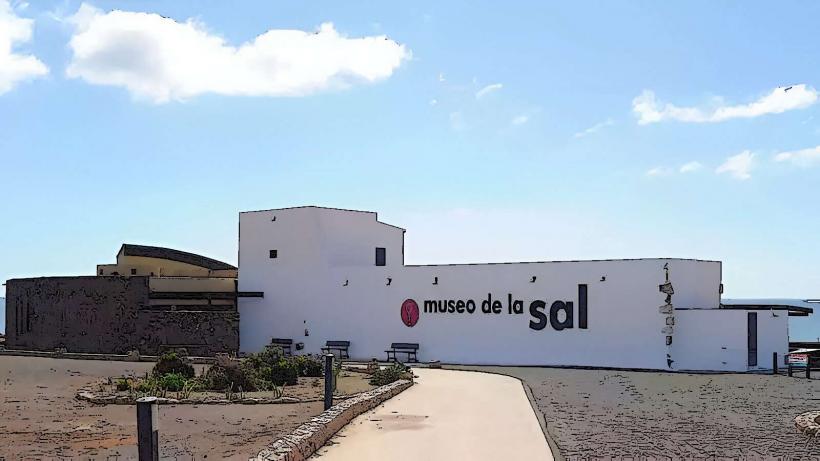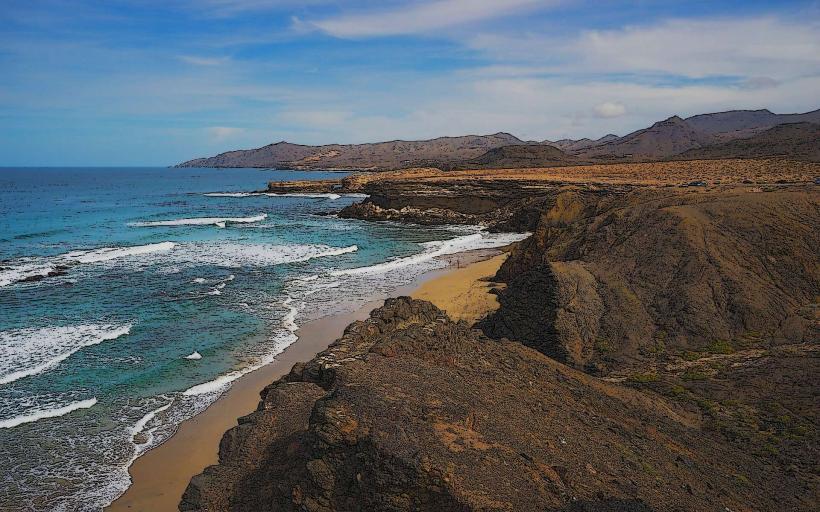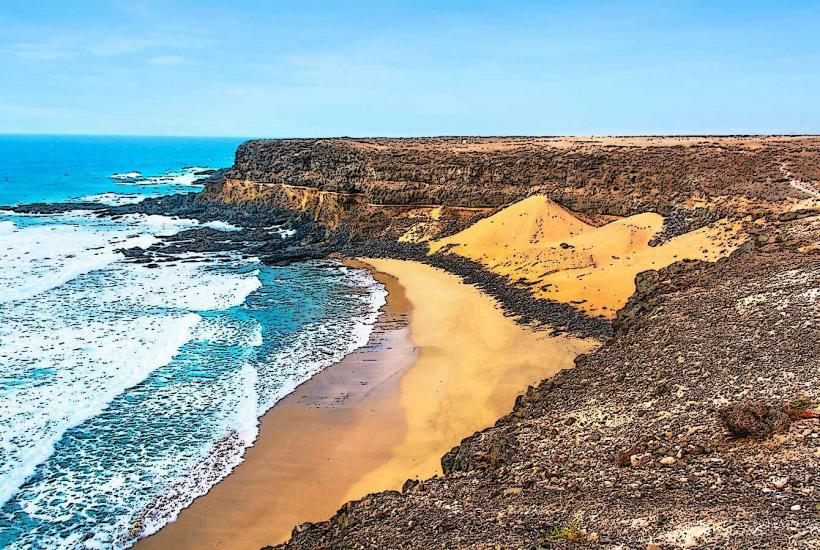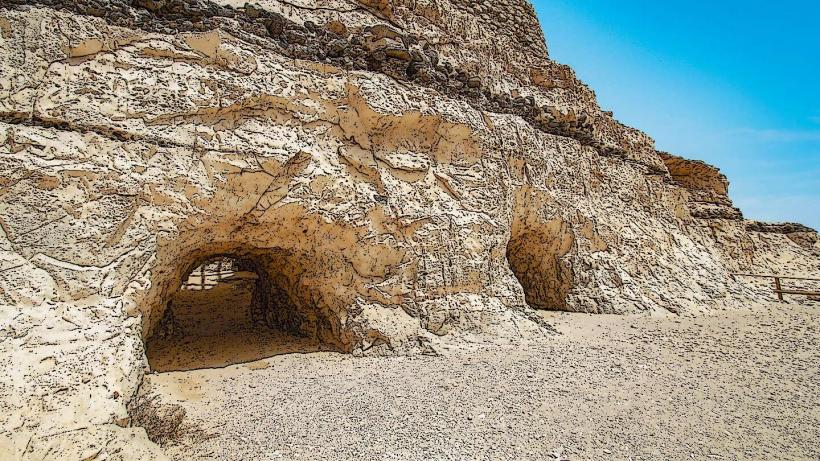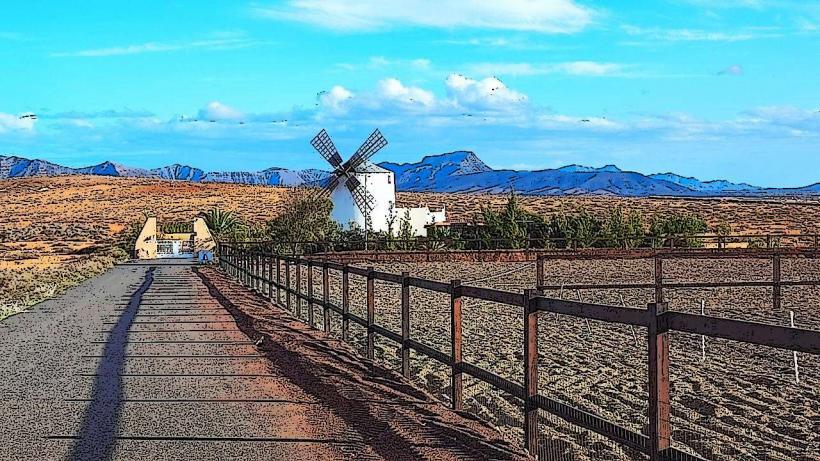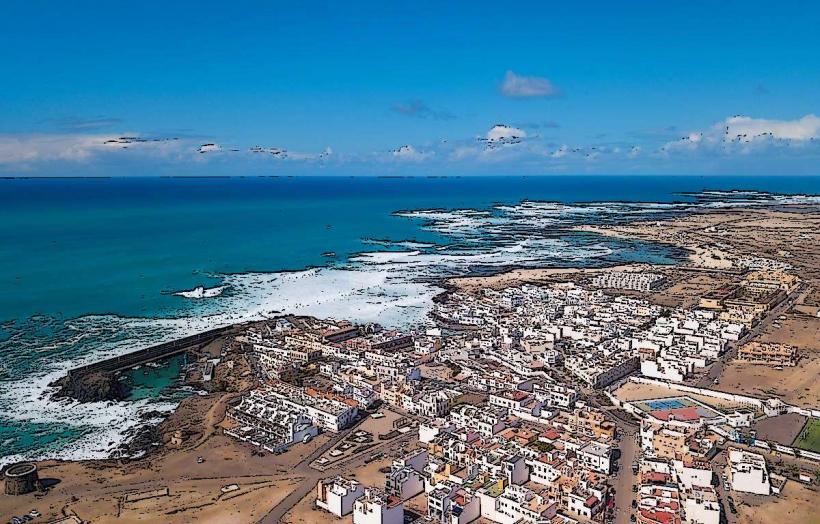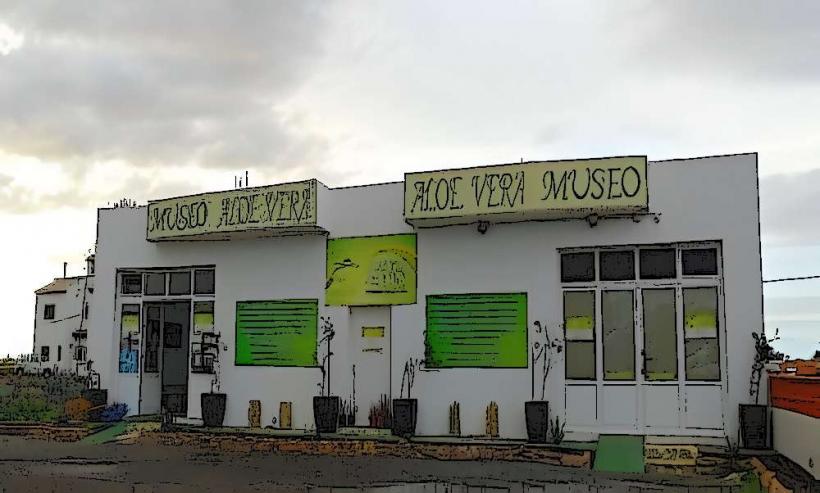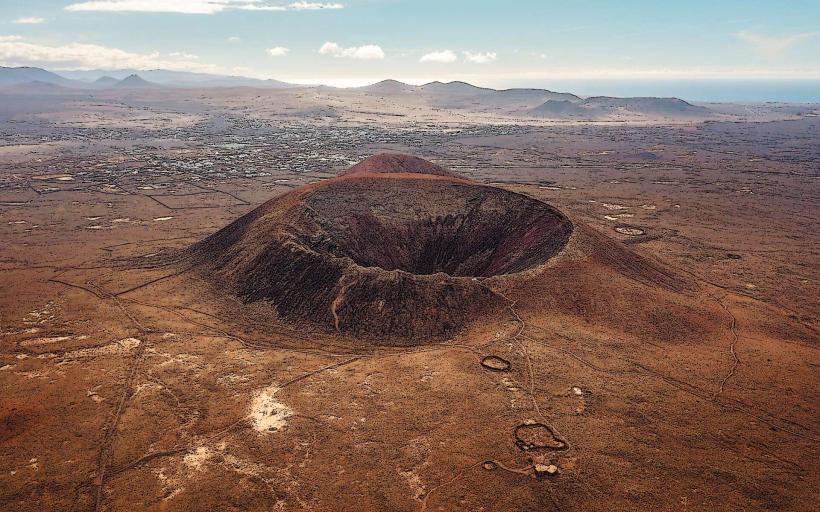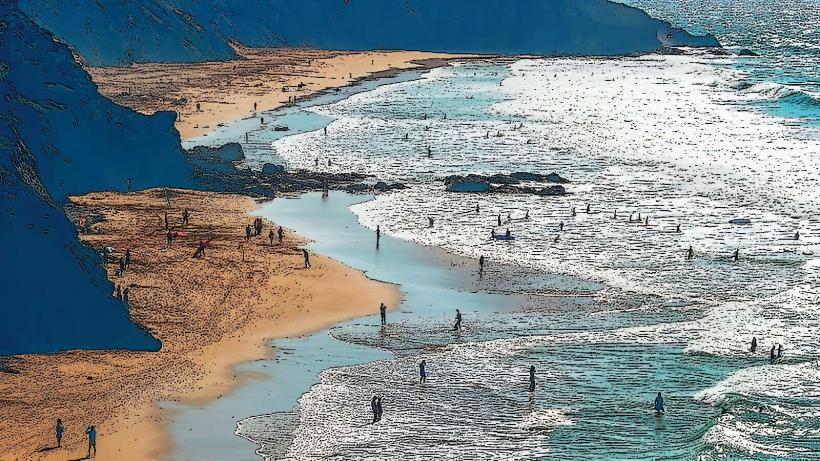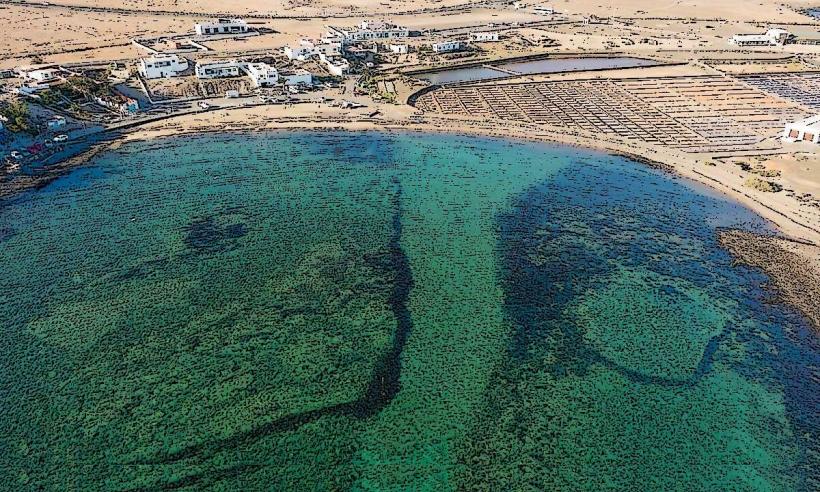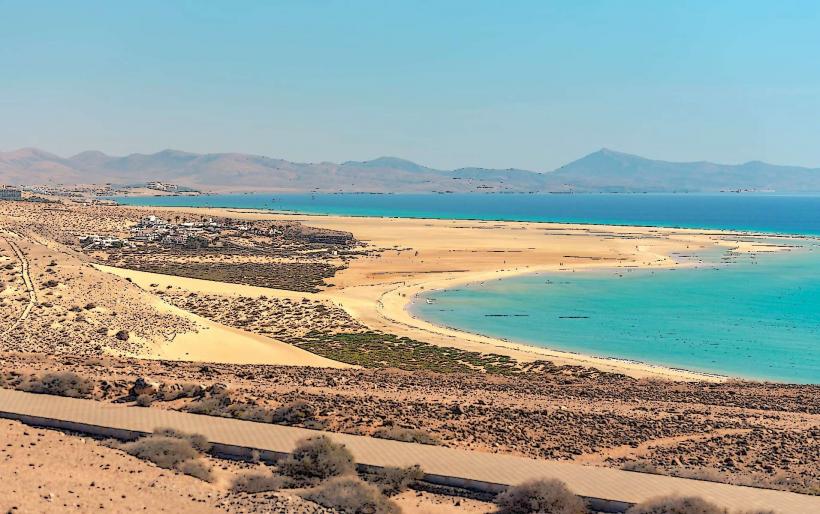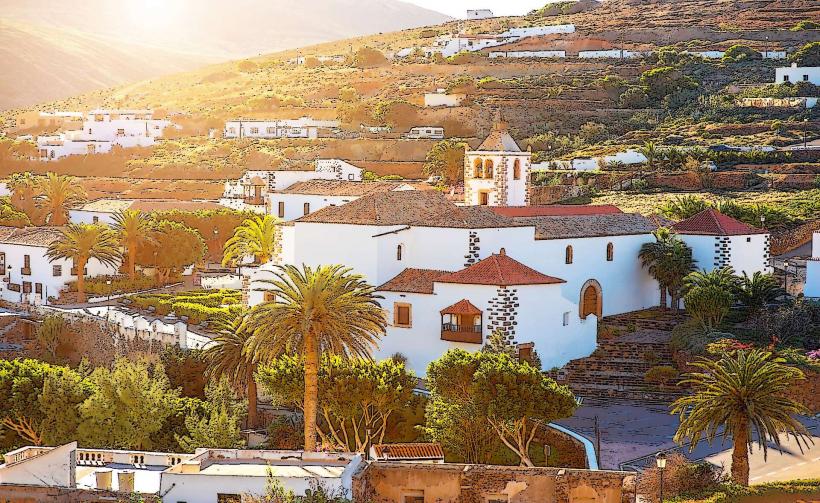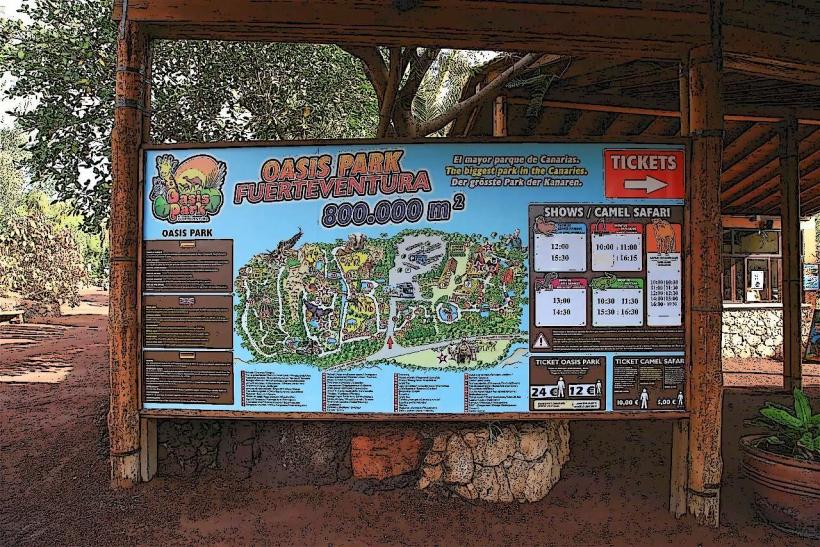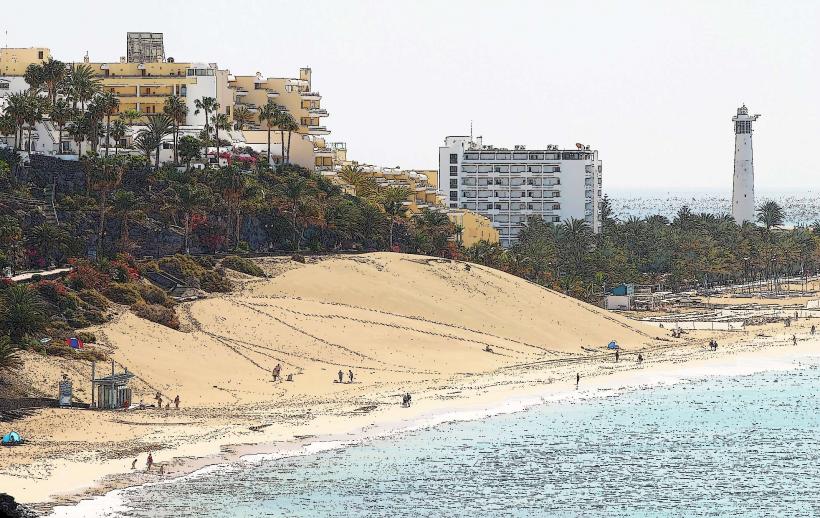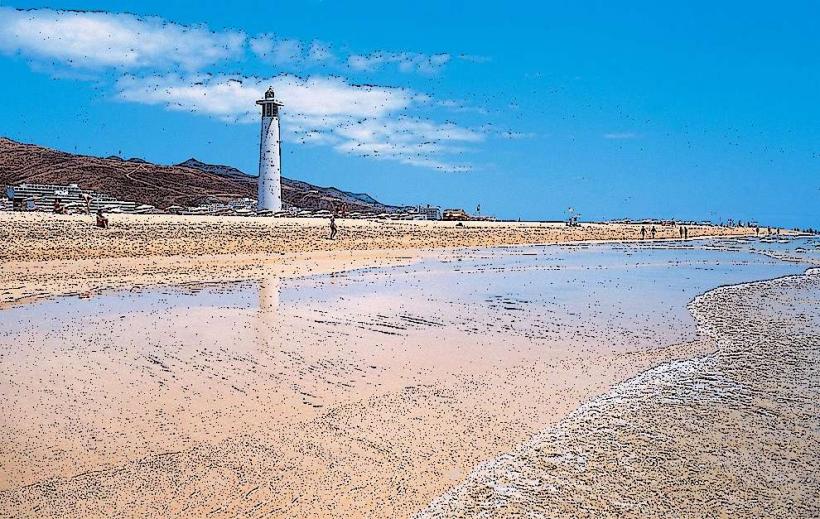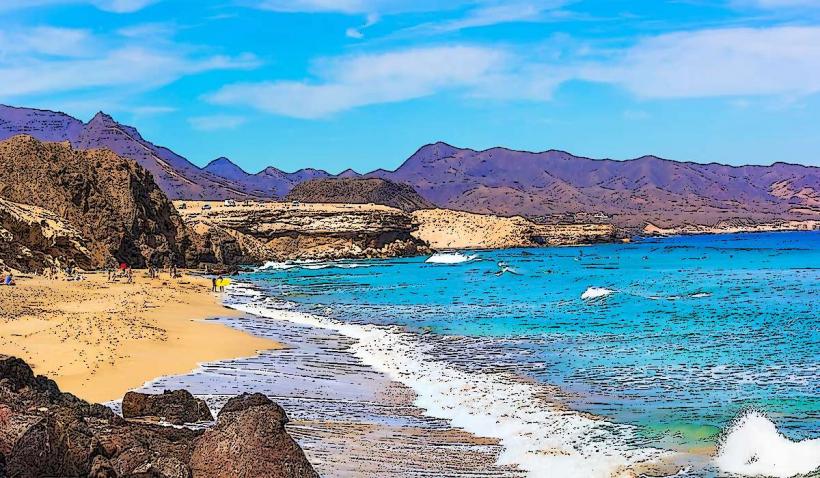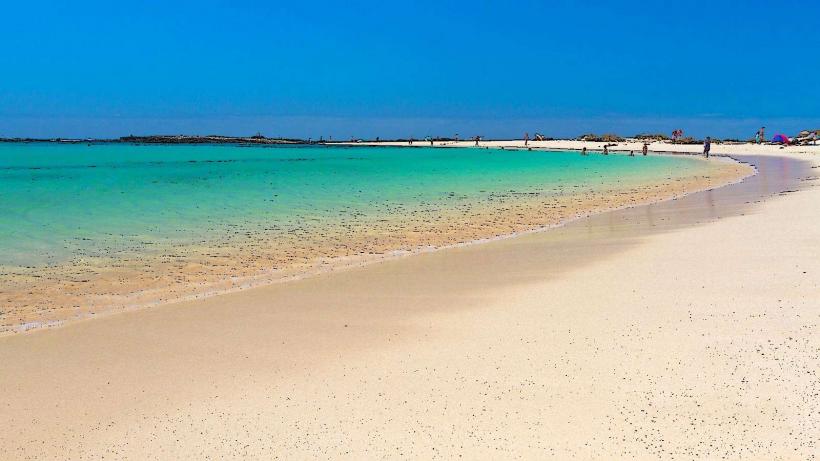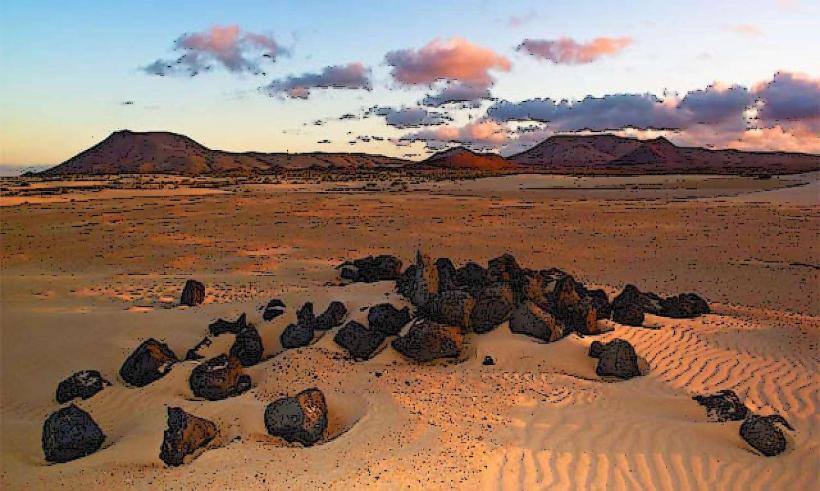Information
Landmark: Parque Natural de las Dunas de CorralejoCity: Fuerteventura
Country: Canary Islands
Continent: Europe
Parque Natural de las Dunas de Corralejo is one of Fuerteventura's most iconic and stunning natural attractions. Located on the northeastern tip of the island, this natural park is famous for its expansive sand dunes, crystal-clear waters, and unique ecosystems. It is one of the largest and most important protected areas in Fuerteventura, attracting visitors from around the world due to its natural beauty, diverse landscapes, and opportunities for outdoor activities.
Key Features of Parque Natural de las Dunas de Corralejo:
1. Sand Dunes
- The sand dunes are the park’s most striking feature. They cover an area of about 2,600 hectares and are formed by the wind-blown sands from the nearby coastline. The dunes stretch along the northern coast, reaching up to 10 kilometers in length and up to 3 kilometers wide.
- These dunes are constantly shifting and changing shape due to the winds, which gives the area a dynamic and ever-evolving landscape. The fine, golden sand and the undulating dunes create a surreal and desert-like atmosphere.
- The dunes are located just behind the popular Playa de Corralejo beach, and visitors can enjoy the unique experience of walking across them. The landscape is often compared to that of the Sahara Desert, making it one of the island’s most photogenic spots.
2. Flora and Fauna
- The Parque Natural de las Dunas de Corralejo is not just a beautiful desert landscape; it is also home to a variety of native flora and fauna. The park is an important site for many species of plants and animals, some of which are unique to the Canary Islands.
- Flora: The dunes are home to various species of succulents, cacti, and shrubbery, many of which have adapted to the dry, sandy environment. Some of the most notable species include the Canary Island spurge (Euphorbia canariensis) and the sea daffodil (Pancratium maritimum).
- Fauna: The dunes provide habitat for several species of birds, including sandpipers, seagulls, and herons. The park is also home to small mammals like the Canary Island lizard and the African wild rabbit, which are frequently spotted by visitors.
- The park is an important area for birdwatching, especially during migratory seasons when various species stop here on their way to and from the mainland.
3. Beaches
- The beaches within the Parque Natural de las Dunas de Corralejo are known for their pristine, white sand and clear turquoise waters. Playa de Corralejo is the main beach in the area, offering excellent conditions for swimming, sunbathing, and water sports.
- The beach is often calm and shallow, making it an ideal spot for families with children. The waters are clear, making it great for snorkeling and swimming.
- The area is also popular for windsurfing, kitesurfing, and kiteboarding, thanks to the constant wind and wide-open space along the coastline. The waters around the dunes offer perfect conditions for these sports, and there are many schools and rental shops catering to water sports enthusiasts.
- Playa del Bajo de la Burra, a quieter and more secluded beach, is located in the park as well. It’s a perfect place for those who want to escape the crowds and enjoy the natural surroundings.
4. Views and Scenic Spots
- The park offers stunning panoramic views, especially from the top of the sand dunes. The contrast between the golden sands of the dunes and the deep blue of the Atlantic Ocean creates a beautiful and dramatic landscape.
- Visitors can enjoy the views by walking along the dunes or taking a scenic drive around the park. The surrounding areas provide excellent opportunities for photography, as the landscape varies from sandy expanses to rocky outcrops and crystal-clear waters.
- The Mirador de las Dunas, located at the entrance to the park, provides an excellent viewpoint over the sand dunes and nearby beaches.
5. Outdoor Activities
- The Parque Natural de las Dunas de Corralejo offers a wide range of outdoor activities for nature lovers and adventure enthusiasts. Whether you want to hike, bike, or enjoy water sports, the park is an ideal destination for outdoor exploration.
- Hiking: There are several walking paths and trails through the dunes, allowing visitors to explore the park at their own pace. The landscape is diverse, and the trails lead through both the sandy dunes and the surrounding vegetation.
- Cycling: The park is a great place for mountain biking. There are bike paths that allow visitors to ride through the dunes and enjoy the beautiful views.
- Sandboarding: The dunes provide a perfect opportunity for sandboarding, a popular activity in the area. Riders can glide down the slopes of the dunes on a sandboard, experiencing the thrill of the desert landscape.
6. Environmental Protection
- The Parque Natural de las Dunas de Corralejo is a protected area, which means that certain activities are regulated to preserve its natural beauty and biodiversity. Visitors are encouraged to follow the park’s rules, including staying on marked paths and not disturbing the wildlife or flora.
- The park is an important conservation area, and efforts are made to protect both the sand dunes and the marine environment. For example, the adjacent Isla de Lobos is part of a protected marine reserve, contributing to the conservation of the local ecosystems.
7. Getting There
- Parque Natural de las Dunas de Corralejo is easily accessible from the town of Corralejo, which is located a short distance from the park. The park is about 40 minutes by car from Puerto del Rosario, the island’s capital.
- There are well-marked roads leading to the park, and it is possible to drive into the dunes, though visitors are encouraged to park in designated areas to minimize environmental impact. Once at the park, the sand dunes and beaches are easily accessible on foot.
8. Best Time to Visit
- The best time to visit the Parque Natural de las Dunas de Corralejo is during the spring and autumn, when the weather is mild and ideal for outdoor activities like hiking, walking, and water sports. During these seasons, the temperatures are more comfortable, and the area is less crowded.
- Winter is also a great time to visit, particularly for those seeking a quieter experience, although it can be windier and cooler, especially in the evenings.
- Summer can be quite hot, and the park can be more crowded with tourists, so visiting early in the morning or later in the evening is recommended to avoid the midday heat.
9. Conclusion
- Parque Natural de las Dunas de Corralejo is one of Fuerteventura’s most beautiful and unique natural attractions. Its dramatic sand dunes, pristine beaches, clear waters, and diverse ecosystems make it a must-visit for nature lovers, photographers, and outdoor enthusiasts. Whether you’re looking to explore the dunes on foot, enjoy water sports, or simply relax on a peaceful beach, this natural park offers something for everyone.

